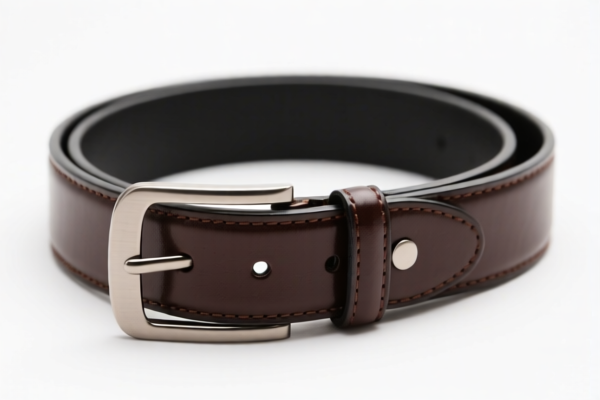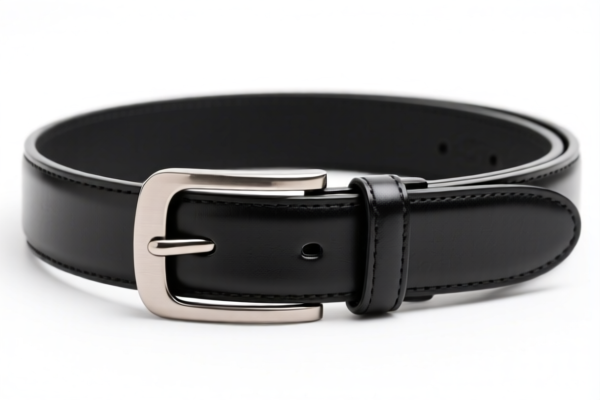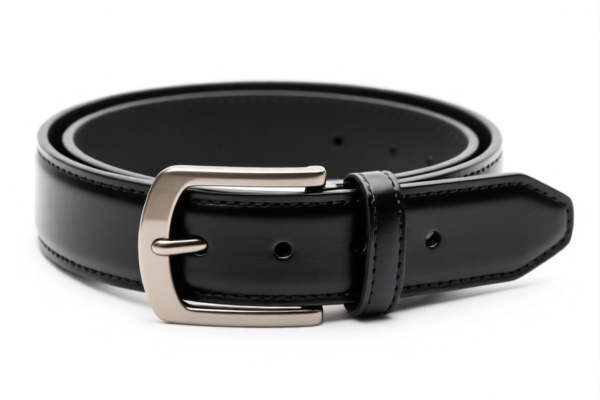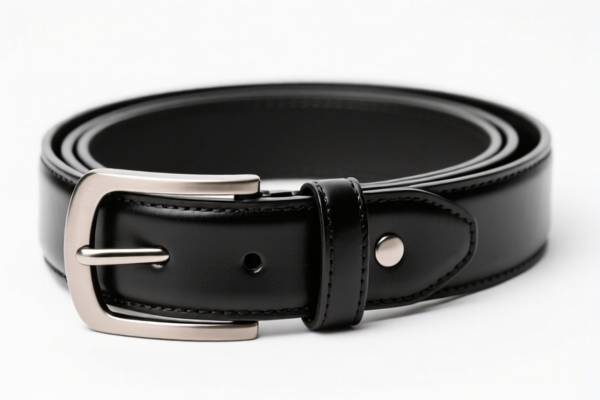| HS Code | Official Doc | Tariff Rate | Origin | Destination | Effective Date |
|---|---|---|---|---|---|
| 4201006000 | Doc | 57.8% | CN | US | 2025-05-12 |
| 4201003000 | Doc | 57.4% | CN | US | 2025-05-12 |
| 4203300000 | Doc | 57.7% | CN | US | 2025-05-12 |
| 6117909080 | Doc | 52.1% | CN | US | 2025-05-12 |
| 6117909095 | Doc | 52.1% | CN | US | 2025-05-12 |
| 6114909070 | Doc | 35.6% | CN | US | 2025-05-12 |
| 6217909075 | Doc | 52.1% | CN | US | 2025-05-12 |
| 6217909095 | Doc | 52.1% | CN | US | 2025-05-12 |
| 6212900010 | Doc | 44.1% | CN | US | 2025-05-12 |
| 6212900090 | Doc | 44.1% | CN | US | 2025-05-12 |
| 8308906000 | Doc | 58.9% | CN | US | 2025-05-12 |
| 8308909000 | Doc | 57.7% | CN | US | 2025-05-12 |
| 8306100000 | Doc | 35.8% | CN | US | 2025-05-12 |
| 8306100000 | Doc | 35.8% | CN | US | 2025-05-12 |




Toddler Belt
A toddler belt is a safety device designed to prevent young children from falling or wandering while learning to walk or during outings. It functions as a restraint and provides parents or caregivers with a degree of control and peace of mind.
Material
Toddler belts are commonly constructed from the following materials:
- Webbing: Typically made of durable nylon or polyester. This forms the main strap of the belt.
- Buckles: Often plastic or metal, designed for quick release but secure fastening.
- Padding: Some belts incorporate padding around the waist or shoulder areas for comfort.
- Hardware: Metal or plastic D-rings and adjusters are used for length adjustment and attachment of reins or leads.
- Handle/Rein Material: If the belt includes reins, these are often made of webbing, foam-covered plastic, or leather.
Purpose
The primary purposes of a toddler belt are:
- Fall Prevention: Assists children who are unsteady on their feet, reducing the risk of falls.
- Wandering Prevention: Keeps children close to caregivers in crowded or potentially dangerous environments.
- Confidence Building: Allows children to explore with a degree of independence while still being secured.
- Caregiver Peace of Mind: Reduces anxiety for parents or caregivers in public spaces.
Function
Toddler belts work by:
- Securing the Child: The belt is fastened around the child’s waist, typically with an adjustable strap.
- Providing a Handle/Rein: Many belts include a handle or rein that the caregiver can hold onto.
- Limiting Movement: The belt restricts the child’s range of motion, preventing them from running off or falling.
- Distributing Pressure: Well-designed belts distribute pressure evenly around the child’s waist, minimizing discomfort.
Usage Scenarios
Toddler belts are commonly used in the following situations:
- Learning to Walk: Supports children as they develop their walking skills.
- Crowded Places: Zoos, amusement parks, shopping malls, airports, and other crowded environments.
- Outdoor Activities: Walks, hikes, and other outdoor excursions.
- Traveling: Airports, train stations, and other travel hubs.
- Busy Streets: Provides an extra layer of safety near roads or traffic.
Common Types
Several types of toddler belts are available:
- Walking Harness: Encloses the child's chest and shoulders, providing more comprehensive support and control. Often preferred for children with balance issues.
- Waist Belt with Rein: A simple belt that fastens around the child’s waist with a detachable rein. Offers a balance of freedom and control.
- Backpack Belt: Integrates a small backpack with a detachable rein. Allows the child to carry a few small items while still being secured.
- Wrist Link: Connects the caregiver’s wrist to the child’s wrist with an adjustable cord. Offers a more subtle form of restraint.
- Anti-Lost Backpack: A backpack with a built-in anti-lost strap, often featuring a reflective design for visibility.
Toddler belts generally fall under articles of apparel and clothing accessories. Based on the provided reference material, the following HS codes are relevant:
- 4203300000: Belts and bandoliers with or without buckles. This code covers belts, including those designed for toddlers, whether or not they have buckles. It falls under Chapter 42 (Articles of apparel and clothing accessories, of leather or of composition leather). The '30' subheading specifically denotes belts and bandoliers. The tax rate details are: Basic tariff: 2.7%, Additional tariff: 25.0%, Additional tariff after 2025.4.2: 30.0%, Total tariff: 57.7%.
- 8308906000: Buckles and buckle clasps, and parts thereof. If the toddler belt is being imported as a component (e.g., just the buckle), this HS code applies. It falls under Chapter 83 (Base metal clasps, frames with clasps, buckles, buckle-clasps, hooks, eyes, eyelets and the like, of base metal; tubular or bifurcated rivets, of base metal; beads and spangles, of base metal) and the '906000' subheading specifically denotes buckles and buckle clasps. The tax rate details are: Basic tariff: 3.9%, Additional tariff: 25.0%, Additional tariff after 2025.4.2: 30.0%, Total tariff: 58.9%.
- 8308909000: Other, including parts. If the toddler belt includes other components beyond buckles and clasps, this HS code may be applicable. It falls under Chapter 83 and the '909000' subheading denotes other base metal clasps, frames, buckles, and parts. The tax rate details are: Basic tariff: 2.7%, Additional tariff: 25.0%, Additional tariff after 2025.4.2: 30.0%, Total tariff: 57.7%.
Regarding HS code 4203300000, please note that the material composition of the belt is important for classification. This code specifically covers belts of leather or composition leather.
Customer Reviews
No reviews yet.